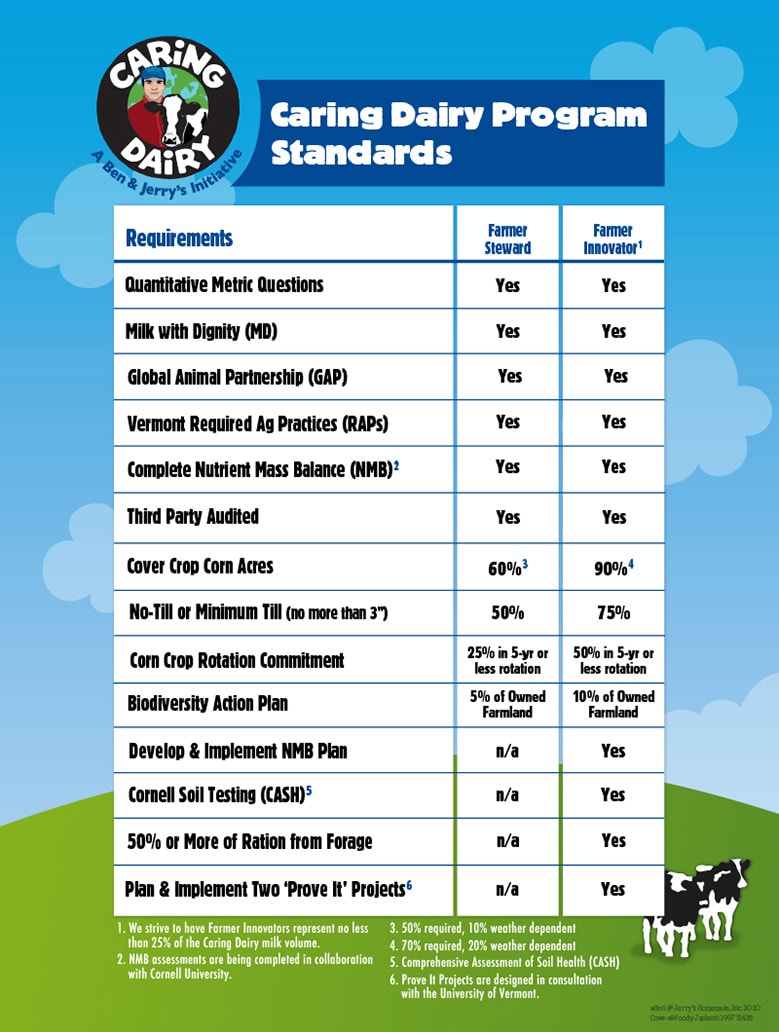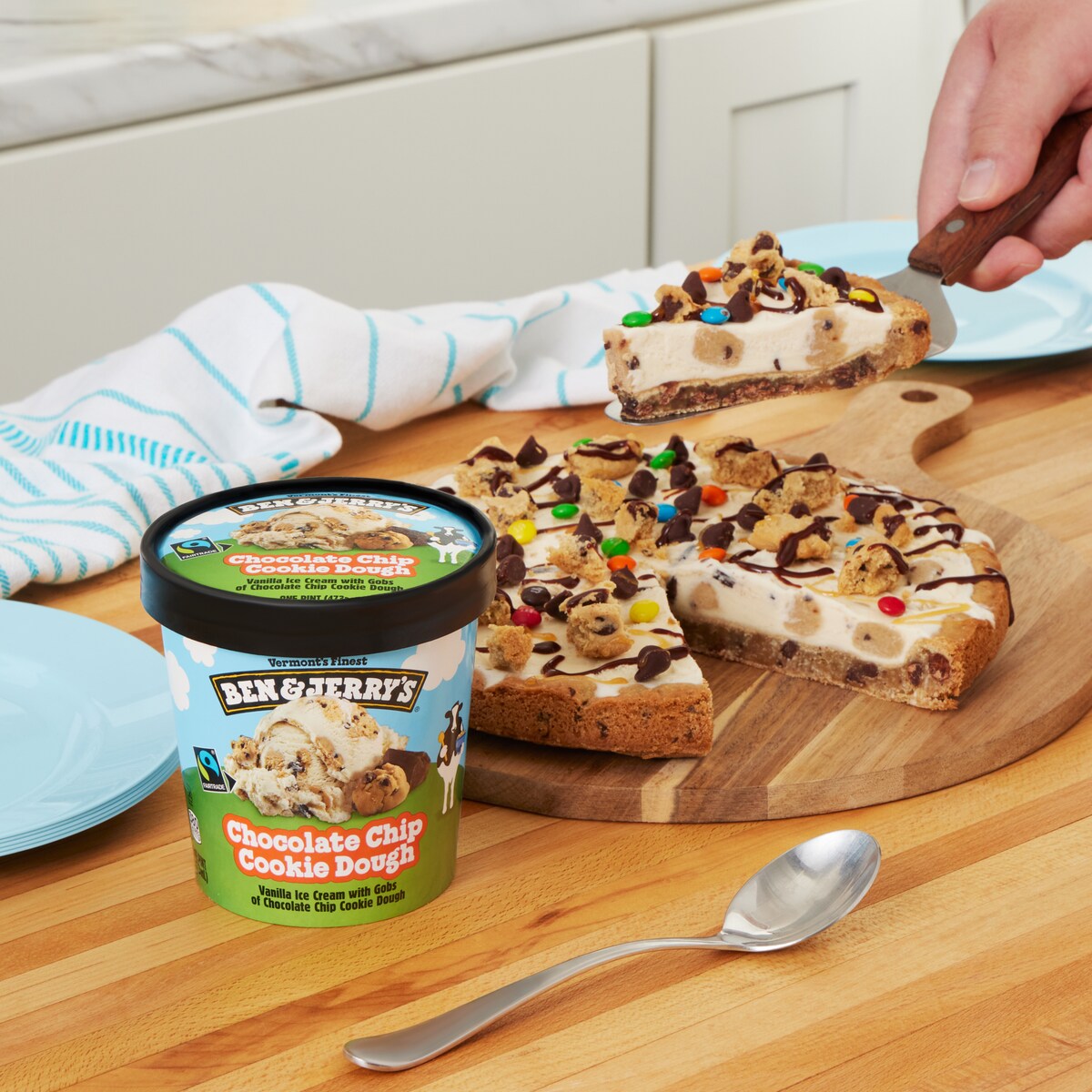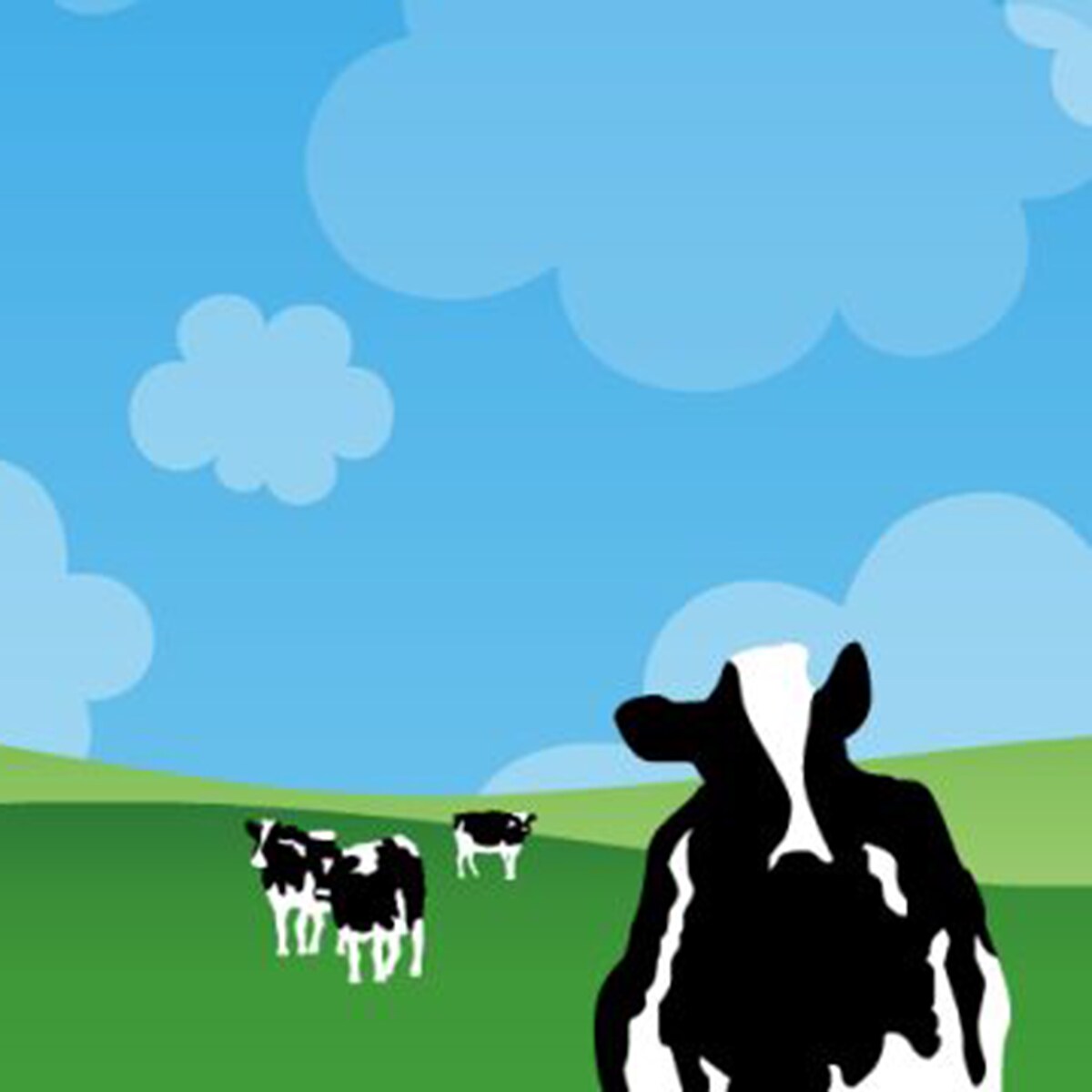When you dig into a pint of Ben & Jerry’s ice cream, you know that you’re enjoying the best possible ice cream made in the best possible way. And since ice cream is made from milk and cream, you know that we care a lot about dairy. We use our Caring Dairy program to support farmers in producing the best dairy in the best way possible. Together, we’re working to provide thriving livelihoods for farmers and farm workers, adhere to the highest standard of cow care, and use regenerative practices that improve the environment.
The Herd-y Details
Here’s how it works: Farms have to meet a specific set of criteria in order to maintain their place in the Caring Dairy program. In exchange for meeting these requirements, they make additional money (mooo-lah, if you will). Every Caring Dairy farmer must meet the requirements to be a Farmer Steward, while our Farmer Innovators go even further by meeting some even higher standards and piloting new learnings and initiatives in partnership with the University of Vermont and other local universities.
Check out the specifics of our US Caring Dairy program below:
Sweeten Up Your Inbox!
Subscribe Now And We'll Make Sure You Get The Inside Scoop On Ben & Jerry's Fun And Flavors! It's Like Dessert For Your Inbox, And You're Going To Want Seconds.



